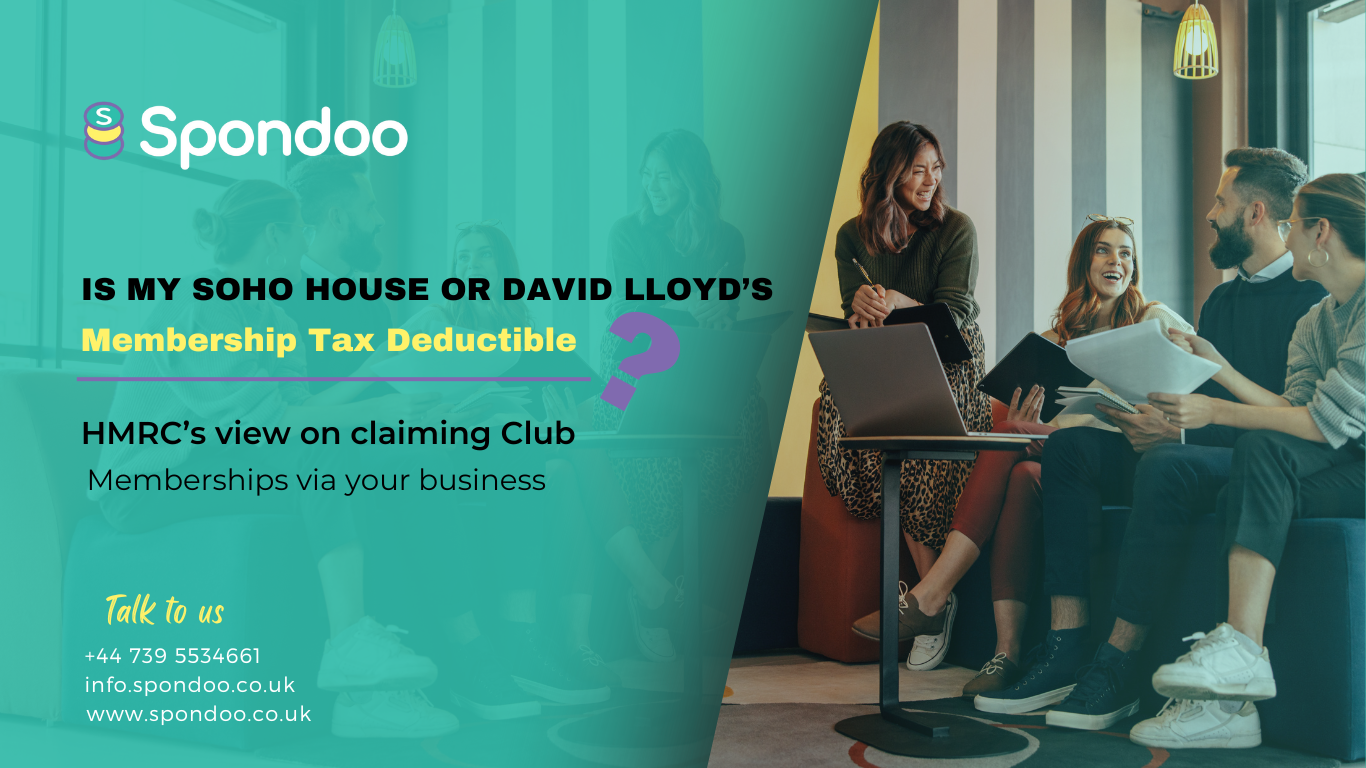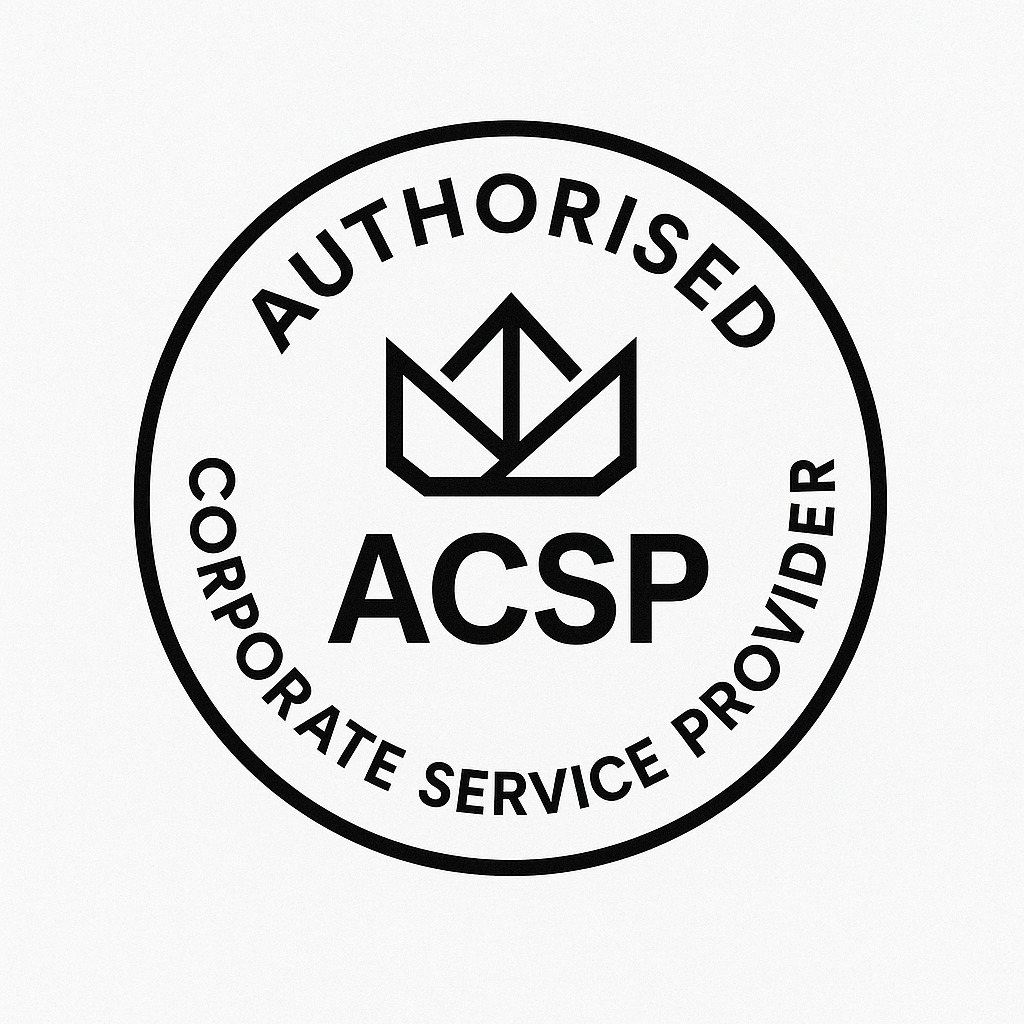As the increase in people working from home becomes prevalent and co-working spaces gain popularity, several membership clubs, originally catering primarily to leisure activities, have adapted to offer services conducive to business needs.
For instance, Soho House now provides meeting rooms, workspaces and reliable Wi-Fi, thus appealing to many UK professionals seeking membership. However, many of these Soho facilities, as well as other membership club brands, offer an array of leisure amenities like pools, spas and restaurants, blurring the distinction between business and leisure activities in the eyes of HMRC.
As qualified UK tax advisers, here are key considerations for claiming your club membership expenses through your business:
- Detailed Invoices: Ensure your membership invoice itemised business and personal elements separately. This allows you to distinguish and exclude personal or leisure-related costs when recording expenses for your business. For instance, Soho House offers a separate brand called Soho Works, that allows you to claim the business element of your membership clearly and distinctly.
- Business-Named Invoices: Particularly for VAT purposes, obtaining invoices in the business' name is crucial.
- Record Business-Related Visits: Maintaining a log detailing your visits and specifying their business-oriented purpose is vital. Detailed invoices play a crucial role in reducing the risk of failing the "wholly and exclusively for business" test. However, if you can prove that any leisure activities are incidental and secondary to the primary business objectives of your membership, you'll be better positioned to defend your claim in an HMRC tribunal.
Additional resources:
You can find several cases related to club memberships on HMRC's website at the following link: https://www.gov.uk/hmrc-internal-manuals/employment-income-manual/eim32500
Ready to harness the potential tax benefits of club memberships for your business? Reach out to us now for personalised support and guidance!





